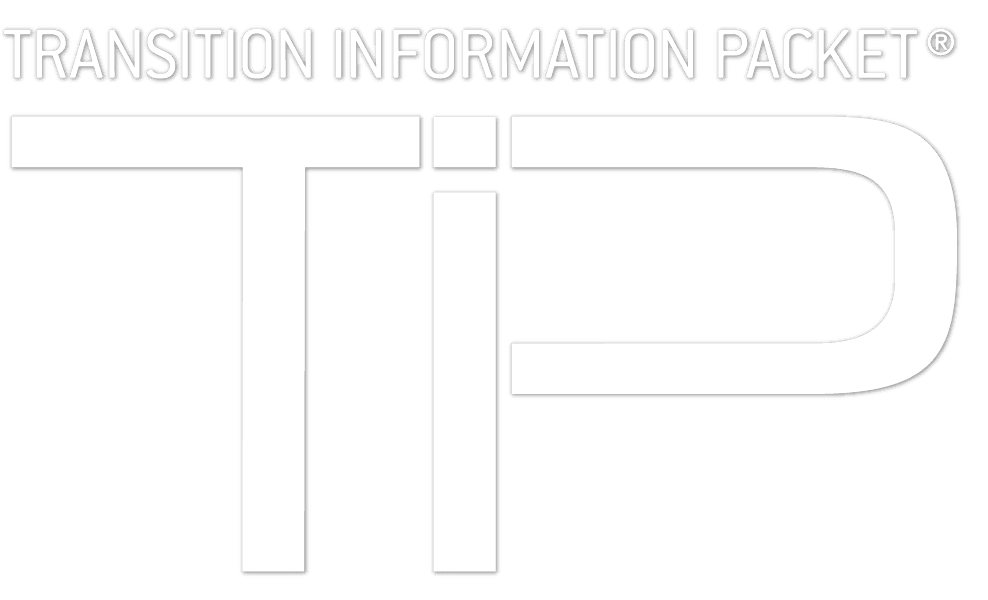How smart is your city? While this may seem like a subjective question, it is now a question that may be answered on a global scale. Increasing urbanization has given rise to smart cities, which are cities that utilize Internet of Things (IOT) sensors and technology to connect components across a city to gather data and improve the lives of both citizens and visitors. Smart cities are designed and conceptualized to provide improved sustainability and livability by improving traffic and saving energy. Just in case you were curious to see how smart your city is, the IESE Cities in Motion Index provides a global ranking with London garnering the top spot in 2019, and New York City placing highest among U.S. cities.
On a global scale, MarketsandMarkets reports that the smart cities market is expected to grow from $308.0 billion in 2018 to $717.2 billion by 2023, at a Compound Annual Growth Rate (CAGR) of 18.4%. This growth is attributed to the increasing demand for public safety, rising urban population, and growing government initiatives. Within the smart cities market, smart transportation, which works to enhance existing and new transport infrastructural projects, is expected to be the largest market segment by market size. However, the smart citizen services segment it forecast to grow at the largest CAGR. From a regional perspective, North America held the highest share in the market in 2016, based on the growing adoption rate of smart technologies in the region. BCC Research reports that the North American smart city market should reach $419 billion by 2023 from $196.5 billion in 2018 at a CAGR of 16.3%. However, this domination is expected to be surpassed by the Asia-Pacific (APAC) region, due to increasing government initiatives. In APAC, China is expected to lead in the region, as the country is intensifying efforts to transform its 500 cities into smart cities, and has already begun smart city pilot projects.
Within the global smart cities market, the key and emerging market players include Cisco Systems (US), IBM (US), Siemens AG (Germany), Schneider Electric (France), Ericsson (Sweden), Vodafone (UK), Itron Inc. (US), Verizon (US), Telensa (England), ABB (Switzerland), Honeywell International Inc. (US), SAP SE (Germany), KAPSCH Group (Austria), and AGT International (Switzerland). Analysts report that these leading players have adopted organic and inorganic strategies, including product launches, acquisitions, business expansions, and partnerships, to expand their business reach and drive their business revenues. Moreover, various smart cities solution providers are utilizing venture capital funding, funding through Initial Coin Offering (ICO), new product launches, acquisitions, and partnerships and collaborations, to increase their presence in the global market.
Frost & Sullivan coverage of this market reports that the need for smarter solutions and energy-efficient living will drive and foster growth, and be measured on the level of intelligence and integration of infrastructure that connects the healthcare, energy, building, transportation, and governance sectors. Furthermore, Frost & Sullivan sees smart cities as a driving force in the development and adoption of autonomous and semi-autonomous vehicles. For example, efficient and safe mobility is at the heart of any smart city, and several vehicle safety technologies such as Predictive Traffic Time, Automated Parking, Vehicle-to-Pedestrian Communication, Connected Traffic Light Information, and Virtual Cockpit have the potential to help smart cities and their inhabitants achieve safe, effective and affordable transport solutions.
Posted on September 10, 2019 by Eliza Gough



